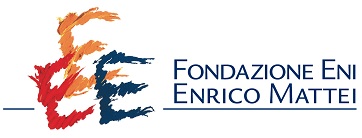Date of This Version
10-2013
Abstract
Characterizing the anticipated performance of energy technologies to inform policy decisions increasingly relies on expert elicitation. Knowledge about how elicitation design factors impact the probabilistic estimates emerging from these studies is however scarce. We focus on nuclear power, a large-scale low-carbon power option, for which future cost estimates are important to designing energy policies and climate change mitigation efforts. We use data from three elicitations in the USA and in Europe and assess the role of government Research, Development, and Demonstration (RD&D) investments on expected nuclear costs in 2030. We show that controlling for expert, technology, and design characteristics increases experts’ implied public RD&D elasticity of expected costs by 25%. Public sector and industry experts’ costs expectations are 14% and 32% higher, respectively than academics. US experts are more optimistic than their EU counterparts, with median expected costs 22% lower. On average, a doubling of public RD&D is expected to result in an 8% cost reduction, but uncertainty is large. The difference between the 90th and 10th percentile estimates is on average 58% of the experts’ median estimates. Public RD&D investments do not affect uncertainty ranges, but US experts’ are less confident about costs than Europeans.
Recommended Citation
Diaz Anadon, Laura; Nemet, Gregory; and Verdolini, Elena, "The Future Costs of Nuclear Power Using Multiple Expert Elicitations: Effects of RD&D and Elicitation Design" (October 01, 2013). Fondazione Eni Enrico Mattei Working Papers. Paper 838.
https://services.bepress.com/feem/paper838
